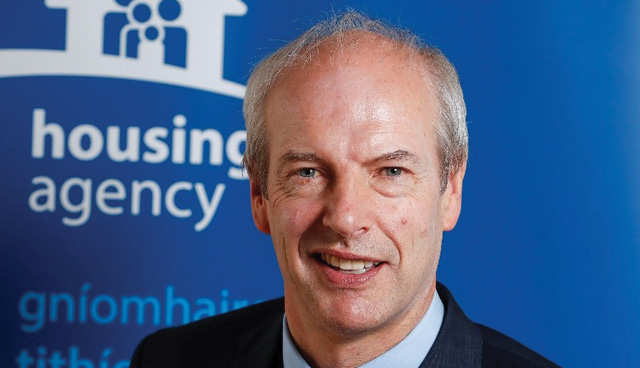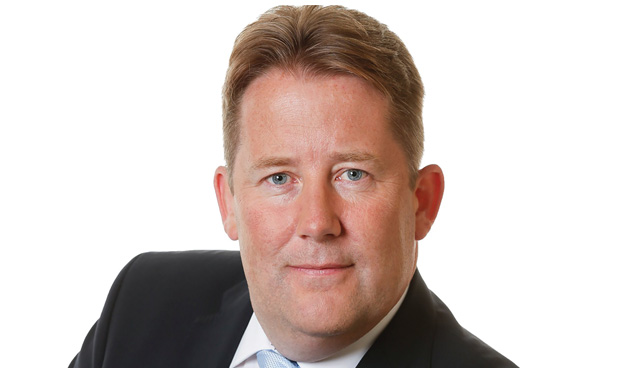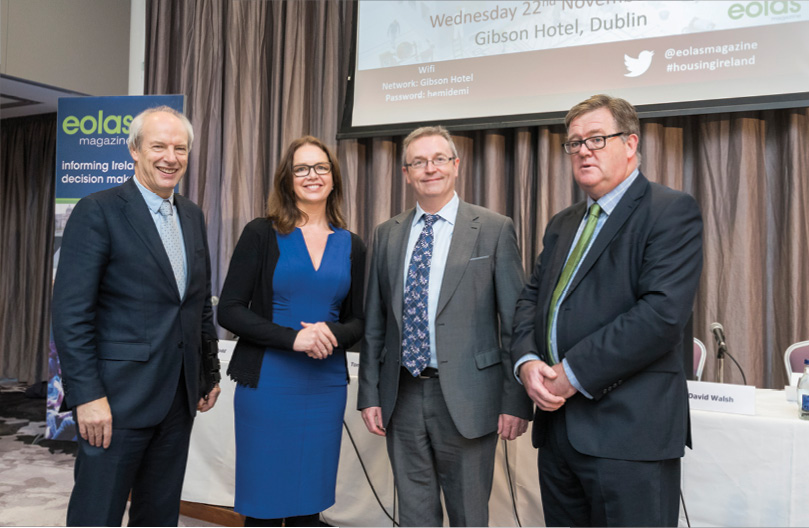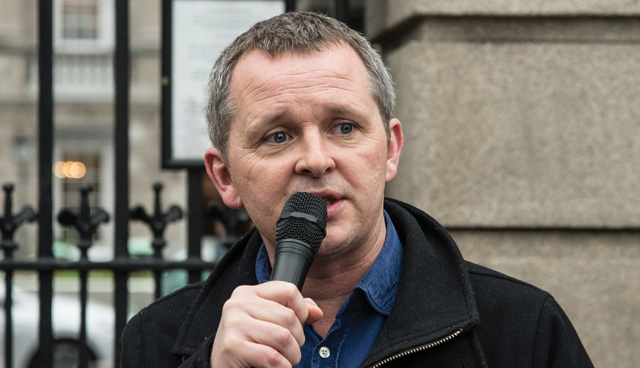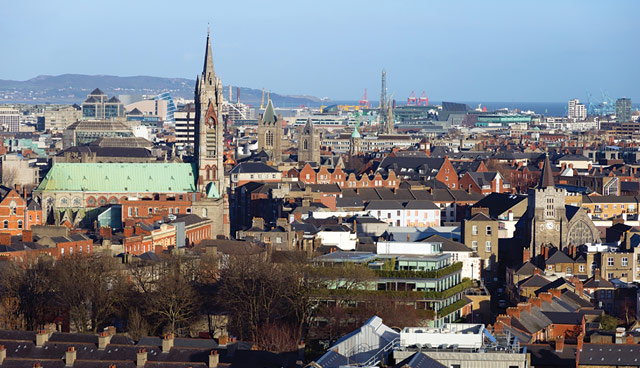
How to deliver affordable rental?
1st August 2018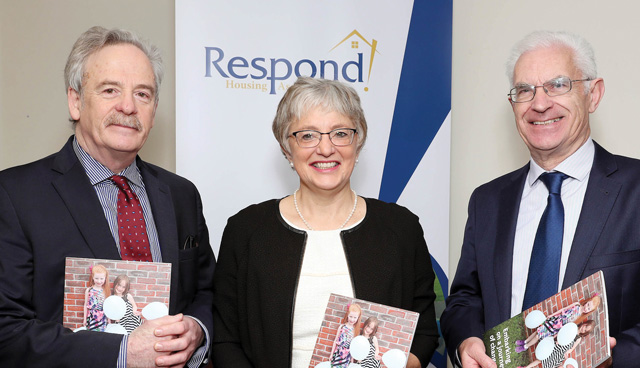
Housing: Ireland’s greatest domestic policy challenge
1st August 2018Improved housing is a core NDP driver
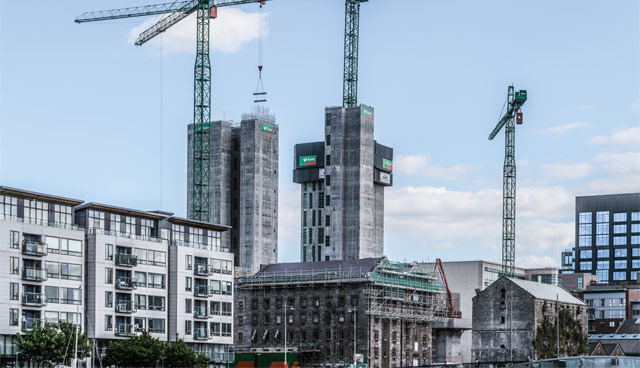
The Government’s National Development Plan (NDP) for the period 2018 to 2027 sets out the investment priorities that will underpin the successful implementation of the new National Planning Framework (NPF).
The NDP is intended to guide national, regional and local planning and investment decisions in Ireland over the next two decades to cater for an expected population increase of over one million people. It demonstrates the Government’s commitment to meeting Ireland’s infrastructure and investment needs over the next 10 years, through a total investment estimated at €116 billion over the period.
This level of capital spending will ensure ongoing employment maintenance and creation with appropriate regional development. It will also provide clarity to the construction sector, allowing the industry to provide the capacity and capability required to deliver the Government’s long-term investment plans.
The NDP also illustrates the commitment to reforming how public investment is planned and delivered. This will be achieved through a decisive shift to integrated regional investment plans, stronger co-ordination of sectoral strategies and more rigorous selection and appraisal of projects to secure value-for-money.
A new funding model for Exchequer funded public investment is being put in place to ensure that resources are allocated to projects and programmes that meet NDP priorities.
The full implementation of the plan will entail the establishment of four new funds, with a combined allocation of €4 billion, to be allocated on a competitive basis for projects which meet the criteria of the funds.
Also agreed is the creation of a new National Regeneration and Development Agency to maximise the potential use of under-utilised land banks in cities and towns.
Resolving the systemic factors underlying the current housing crisis is at the heart of Ireland’s new National Planning Framework (NPF) and reflecting this, housing and sustainable urban development is a priority for the National Development Plan.
By 2040, the population of Ireland is expected to reach almost six million with a need for 550,000 more homes and the creation of 660,000 additional jobs to achieve and maintain full employment. The need to provide in excess of half-a-million more homes over the period to 2040 corresponds to a long-term trend of 25,000 new homes every year.
A higher level of output is needed in the short-to-medium-term to respond to the existing deficit that has given rise to the housing crisis. The continuation of existing patterns of development accentuates the serious risk of economic, social and environmental unsustainability through, for example, placing more distance between where people work and where people live, and increasing energy demand.
Our decisions as a society on how we make use of land and geographic space are among the most important decisions we will make. They impact on almost all aspects of our lives and those of the communities we live in.
The NPF highlights the urgent requirement for a major uplift of the delivery of housing within the existing built-up areas of cities and other urban areas. It has a particular focus on brownfield development, targeting derelict and vacant sites that may have been developed before but have fallen into disuse.
According to Finance Minister Paschal Donohoe, TD, the integrated strategy presented in the National Planning Framework and the National Development Plan moves beyond the business-as-usual approach that has contributed to unrestricted urban sprawl and the failure of previous spatial plans.
He explains: “This failure was a major contributory factor to the serious problems in the housing market and the major congestion and lengthy commute times experienced in our cities as well as the slow progress in meeting climate change objectives.
“Our decisions as a society on how we make use of land and geographic space are among the most important decisions we will make. They impact on almost all aspects of our lives and those of the communities we live in. The National Development Plan underpins the overarching message of the National Planning Framework.
“We now have the opportunity to shape a new model of the physical development of our country which can drive substantial progress in economic, social and environmental terms as an island in a European and in a global context.”
The compact growth of all built up areas is a key driver of the NDP. This outcome aims to secure the sustainable growth of all urban and rural settlements supported by jobs, houses, services and amenities. This will buck the trend of the continued sprawl and unplanned, uneconomic growth recorded over recent years.
The attainment of this objective will require streamlined and co-ordinated investment in urban, rural and regional infrastructure by public authorities to realise the potential of infill development areas within our cities, towns and villages. This will give scope for greater densities that are centrally located and in many cases publicly owned, as well as bringing life and economic activity back into our communities and existing settlements.
Creating critical mass and scale in urban areas with enabling infrastructure, in particular increased investment in public and sustainable transport and supporting amenities, can act as crucial growth drivers. This can play a crucial role in creating more attractive places for people to live and work in, facilitating economic growth and employment creation by increasing Ireland’s attractiveness to foreign investment and strengthening opportunities for indigenous enterprise.
The Government recognises that public capital investment must, as a top priority, support the delivery and location of the homes that society will need over the next decade and beyond, while also ensuring that in the future the pattern of housing development underpins the development of more compact higher-density cities, towns and other areas. It is also a priority to enable infill development, with up to 50 per cent of future housing in our cities and major urban centres and 30 per cent elsewhere to be provided within existing built-up areas. This urban, compact growth will be supported through investment in high quality integrated public and sustainable transport systems and supporting amenities. To help achieve this objective, effective engagement in the management and building up of a reserve of development land is required.
This will allow the country to meet society’s housing land requirements, smooth supply, ease pressure on building land costs, and facilitate the delivery of sufficient public and private housing in the locations and of the types that people need and at prices and rents people can afford. It will also enable the capture of gains in land value from the development process, for investment in necessary public infrastructure.
Over the next decade, €11.6 billion will be provided for investment in social housing. The target of building an average of 25,000–30,000 new homes annually has been set to meet future planned needs. This will also deal with the demand-supply imbalance that has developed over recent years. This represents a doubling of annual housing output from 2016/2017 levels.
Provision has been made for the building of 112,000 social housing homes by 2027. In addition, €2 billion has been allocated for an Urban Regeneration and Development Fund. This will promote co-ordinated investment in the renewal and redevelopment of our cities and towns.
The fund will support the co-development of the NPF’s growth enablers for Ireland’s five main cities. Examples will include Cork Docklands, Waterford North Quays Strategic Development Zone and Galway City Centre regeneration.

